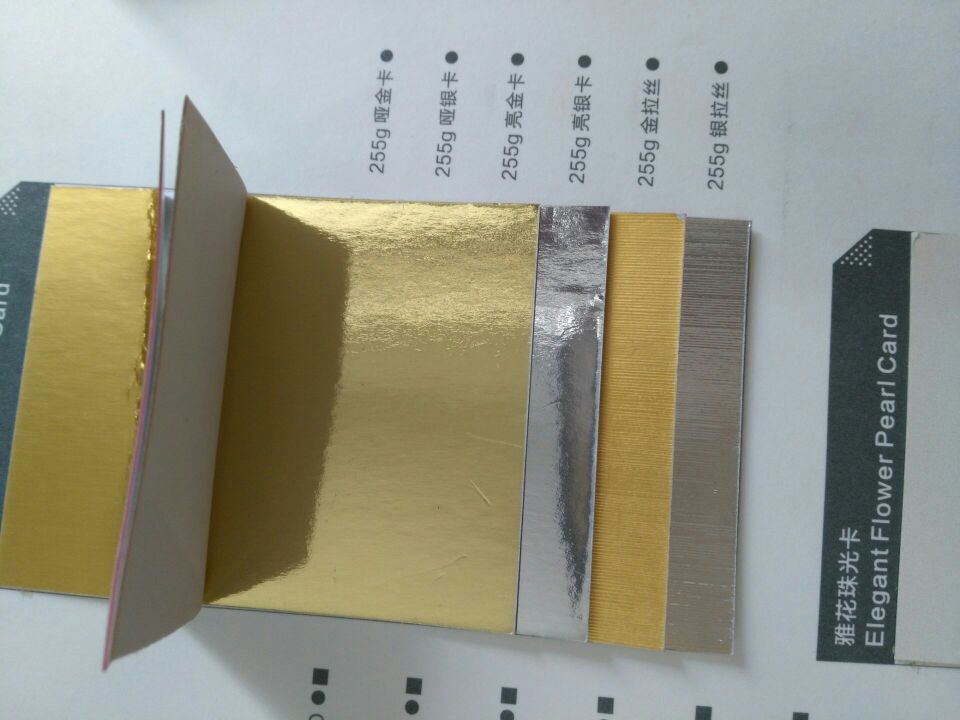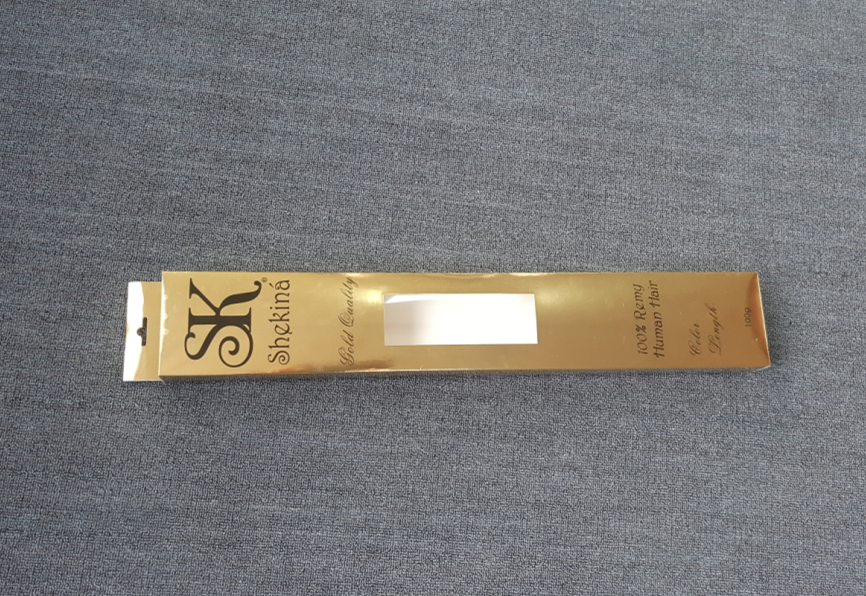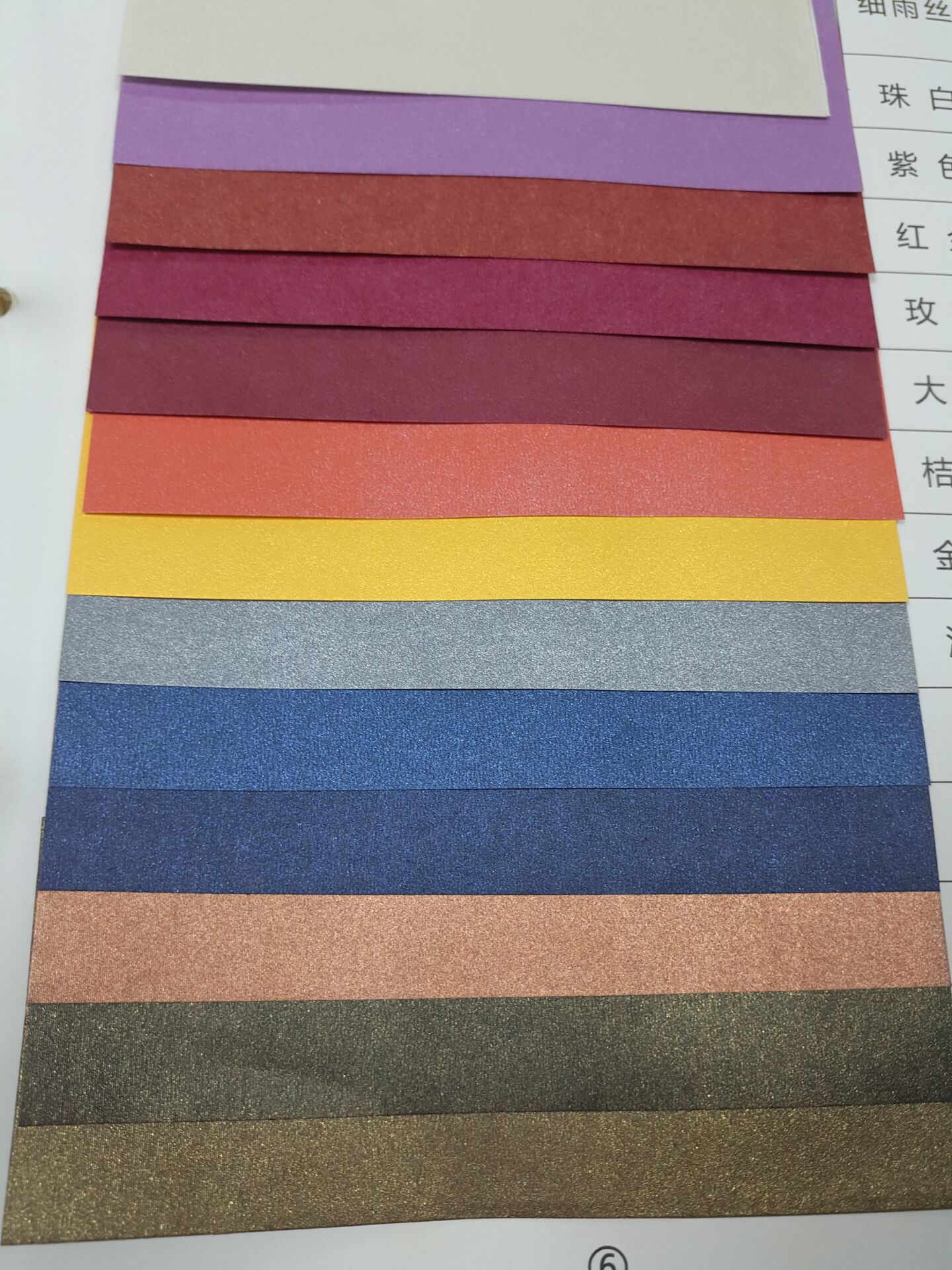In recent years, the global printing and packaging industry is developing toward high quality and colorization. Indoor and outdoor large-scale POP advertisements and poster posters have increased, making the large-format printing become a trend. Therefore, commercial printers have turned to large-format printers. In order to open up new markets, the application of large format printing technology is an inevitable choice to win the market initiative.
1. Large-format offset printing technology comprehensively enhances the competitiveness of enterprises and realizes value-added printing
At present, the competition in China's packaging and printing market is mainly concentrated in the open-faced printing sector. The price war among printing companies is particularly fierce. This has forced packaging and printing companies to look for more profit growth points. The introduction of large-format offset presses has resulted in the construction of Differentiated printing services are easier. Large-format printing is a “nichemarketâ€, meaning that this market area is not large but it has abundant market opportunities. Such a market has a high threshold for capital investment or a relatively high technical threshold. It is not affordable for the general public, but if it enters, it may gain more returns and profits, so the competition in the market is so fierce. Today, in the face of “nichemarketâ€, equipment suppliers can occupy larger market shares without having to fight price wars, and companies can also obtain more orders.
In recent years, large-format printing has experienced a remarkable revival process worldwide. During this period, the number of large-format printers installed in various parts of the world has been increasing each year; not only the number of newly installed machines has increased. Trends, we also saw a strong momentum toward the development of special large-format or even large-format presses. The fundamental reason lies in the introduction of a whole new generation of large-format presses. These presses are comparable to medium and small format presses in terms of process, automation, operating comfort, and print quality, and are also effective in terms of production efficiency and return on investment. The aspect greatly exceeds the medium and small format presses.
Large format printing technology has the following advantages:
First, both quality and efficiency. For enterprises, although efficiency is profit, printing quality is an important factor that cannot be ignored. In the past, traditional collage techniques were adopted by printing companies, causing product quality problems to cause customer dissatisfaction, and the processing cycle could not keep pace with the market. Large-format offset presses have unparalleled speed advantages. For example, a Rapida 142 can print 15,000 40-inch by 56-inch prints per hour, equivalent to 40-inch format presses at a rate of 30,000 per hour. Printing can print two jobs simultaneously on one sheet, which not only improves efficiency, but also lowers costs, winning the market for printers. In recent years, various kinds of exquisite packaging and posters for posters have become increasingly demanding for printing quality, including color, registration accuracy, etc. Large-format offset press makers have fully considered this point, not only making large-format printing presses far more productive. Higher than the offset presses, but also constantly developing new additional features to achieve higher print quality, such as KBA's flip printing device for full-automatic conversion on a web up to 1200 x 1620 mm, installed Online printing slitting devices and so on, as offset companies enter the high-end market, they will soon be applied to the printing of commercial publications, and they will be able to handle more different kinds of substrates and papers than web presses. Types of.
Second, it is equipped with various complicated components to achieve high automation and reduce production costs. In the first few years, the large-format offset press market was characterized by its simple configuration and the format was mainly concentrated on the size of 1020×1420 mm. More and more devices have recently been equipped with complicated components, such as automatic plate change systems and on-line glazing devices. , on-line quality control systems, on-line quality monitoring systems, and MIS (management information systems), such as KBA's automatic plate changer system uses a single plate holder instead of the plate holder, and the plate can be loaded in advance when the plate is replaced. On the plate, when the console issues a plate change signal, multiple units can complete the plate task within four minutes. Moreover, many large-format offset presses can be integrated into the JDF-based digital workflow and achieve complete automation of the entire production process.
Third, large-format offset presses and large-format CTP equipment combine to create high-quality prints. To ensure efficient operation of large-format printers, CTP equipment with high efficiency and high reliability needs to cooperate with them. The Creo Trendsetter VLF, currently the market leader in large format platesetters, has super-large-format thermal CTPs with good stability and high image quality, and uses SquareSpot's square spot accurate imaging technology. The imaging can be performed constantly, accurately and foreseeably, reducing the changing factors in imaging and processing. At the same time, SquareSpot's square spot accurate imaging technology also provides accurate reusable plates, ensuring plate-to-plate image constancy and repeatability. With the continuous supply of high-speed platesetters, large-format printers can work smoothly and efficiently, thus satisfying the company's vast business needs.
This advantage has brought huge profits to companies that choose large-format printing as their own production model, and they can freely welcome the ever-increasing market competition.
Second, large-format offset printing technology opportunities and challenges coexist
According to predictions made at the “2007 PIA/GATF Technology Forecast†conference, offset printing technology will still occupy at least two-thirds of the market for print products before 2015. The constant innovation of offset printing manufacturers and commercial printers will give the offset printing market strong support. They have been seeking more effective ways to reduce costs and increase production efficiency. Digital printing, with its full digitization and the ability to realize variable data printing, is also occupying a part of the market, and it has an irresistible trend. It is in this large market context that large format printing technology is groping forward.
While large-format offset printing technology increases the web size and improves the efficiency, it also faces enormous challenges.
First, the impact of digital printing technology. With the continuous improvement of the printing quality and economic efficiency of digital printing presses, it has an absolute advantage in the field of ultra-short printing, and it can realize on-demand printing and variable data printing, and the personalization is very strong. There is no doubt about the traditional offset printing market. It is a huge challenge. In the face of this huge impact, the offset printing market must pay close attention to the development trend of digital printing and actively respond to it. In recent years, large-format offset printing technology has demonstrated excellent performance in terms of printing quality, printing speed, and automation, and has strived to open up a world in the field of offset printing.
Second, the “change of the times†in the printing market. At the beginning of the new century, the packaging and printing industry introduced a large number of digitally controlled high-capacity equipment technologies, which led to lower demand growth than capacity growth. The ever-increasing printing speed has caused the printing market to undergo a transition from “supply beyond supply†to “oversupplyâ€, triggering fierce competition in the printing industry. At present, packaging and printing companies are faced with the choice of how to survive and expand in the competition. However, many printing companies do not have a complete set of coping strategies, resulting in a lot of bottlenecks, making the widespread use of large-format offset printing technologies encounter setbacks.
Third, the technical problem. Large format offset printing Due to the widening of the web, the printing plate becomes large and new requirements are put forward for all aspects of production. Traditional medium-format CTP output plates will be limited; more stringent requirements will be imposed on the uniformity of illumination of the same surface exposure light source; as the distribution of the ink path and water path of the printer becomes wider, the difficulty of controlling the ink level will increase. Larger format needs to pay attention to more quality control points to ensure the quality of printed products, and put forward higher requirements for machine operators; how to grasp the number of orders and how to increase the utilization of machines to ensure normal investment and production Out of print and other problems are placed in front of the printer.
Fourth, the printing business management model innovation. Domestic packaging and printing companies are moving from the traditional closed product processing system to the expansion of the open product production system, and must resolve the changes in production, technology, and quality management models.
Domestic packaging and printing companies are faced with rapid economic and social development and are faced with multiple pressures to optimize quality, increase efficiency, reduce costs, and expand value-added services. They face the choices from passively adapting users to actively guiding users and facing technological innovation and management. Innovation and business model innovations are challenged by development opportunities.
While facing huge challenges, large-format offset printing technology can still find many opportunities in the ever-changing changes in the market.
First, the rise of the packaging box market opens up vast space for large-format offset printing. According to statistics, the global packaging and printing enterprises account for 18% of the total number of printing companies in China. In recent years, China's packaging and printing industry has grown at a faster rate than GDP growth, and at the same time it has brought about tremendous demand for product and quality improvement in the packaging and printing industry. Especially in the products of the color box industry, the demand for packaging and printing has grown rapidly (to be expected to reach 45%-60% in 2010), especially in the areas of IT products, high-end products and small household appliances, and the products are required to be beautifully packaged, molded, and personalized. With low cost, under such market trends, color box packaging and printing companies must establish new competitive advantages, and must continuously explore products and technologies. The application of large-format offset printing presses and related printing technology processes is in line with development. demand.
Second, the growing number of large-scale advertisements, posters and posters has also brought a huge market for large-format offset presses. Large-format offset printing technology has realized the integration of data and products, increased the threshold of competition and technical problems, reconstructed the methods of process, control, and management, and began to establish innovative production models that guide products to the market. Britain’s Augustus Martin uses KBA’s Rapida 205 offset press to provide plastic packaging and printing, as well as printing of large sales outlets, billboards and posters. Russia’s PVG has introduced a large-format offset press for large-format printing. Advertising printing. Therefore, large-format offset printing technology will create a new market in the field of advertising printing.
Third, domestic and international market characteristics of large format offset printing
In China, the distribution of color box packaging and printing companies is uneven. The Yangtze River Delta, Pearl River Delta, Beijing-Tianjin, Chengdu-Chongqing, Dalian, Wuhan and other areas of the packaging printing industry more developed, accounting for more than 70% of the total development. The level is relatively high, and there are many enterprises that apply large-format offset printing technology. In other regions, companies have constrained large-format printing due to various reasons, such as insufficient capital investment, limitations in their own business areas, various alternative printing methods, and national conditions (such as domestic demand for large-format advertisements and specifications). The promotion and popularization in China have created a niche market in which most companies cannot enter, and the entering enterprises have the opportunity to obtain almost double the production capacity in the same period of time, and the production efficiency and product quality have greatly improved. At present, large-scale corrugated cartons and electronic product packaging boxes are used to produce large-format offset presses in China, and there are also some applications for beer trademarks. With the rapid economic development in East China, the application of large-format printing technology in the packaging field will develop rapidly.
In foreign countries, large-format printing is a widely used printing technology, not only used in packaging and printing production, but also as a major processing method for posters, point-of-sale advertisements, and book printing. It is even better than domestic in the field of application development. . Different countries have different applications, such as the United States used for quality packaging, most of the purchase is 6+1 configuration; in Europe, commercial printing is more, such as labels, books, guides, philatelic products, pictures, etc.; many companies in Italy use In the printing of books and periodicals, large-format printing can reduce paper and save costs. As a large-scale leading company, KBA has sold thousands of large-format, super-large-format sheetfed offset presses. Successful cases using KBA Rapida large-format offset presses show that large-format offset presses are more advanced. Technology, with stronger printing adaptability, can bring excellent print quality and broader profitability to the company.
At present, the competition in the printing industry is increasingly fierce. Every company is striving to find a differentiated strategic route to realize its own value-added value. In the era of scientific and technological development to the “precision†era, investment in high-tech equipment is increasing. The gap between start-ups and competitors is a must-see. Large-format printing can print high-quality printed products on large-scale printing surfaces within a short printing preparation time, which means corporate image. Increase, increase production capacity, increase profits.
Large-format printing technology has become more and more widely used in various fields. Major manufacturers have also actively launched their own printing presses. Heidelberg Printing Machinery AG will launch two new super-large-format offset presses at drupa 2008. The Speedmaster XL145 and Speedmaster XL162 are the perfect complement to Heidelberg's high-end sheetfed offset press product line, and KBA will also make full use of its time advantage to continuously improve the operation of its large-scale double-sided presses for high-quality commercial printing. , printing preparation and quality level. We are looking forward to seeing the highlights of major commercial giants on large-format printing presses at drupa 2008, and we look forward to large-format offset printing technologies that can bring a broad market space to the entire printing industry.
Dyed Paper Box (specialtypaper) including Copying paper, Embossed paper, gold paper, silver paper and so on.
1. there is gold glossy paper,

for exsample:
Material: gold paper
Size: 60x10x4 cm
Printed: CMYK

2. Embossed paper, there are have many kind of embossed paper, if you have own embossed paper, you could send us, and we can customized for you.


for exsample:

Dyed Paper Box
Dyed Green Magnetic Folding Box,Dyed Art Paper Packaging Box
Shenzhen Haotuanyuan International Trading Co.,Ltd , https://www.luxurypaperbox.com